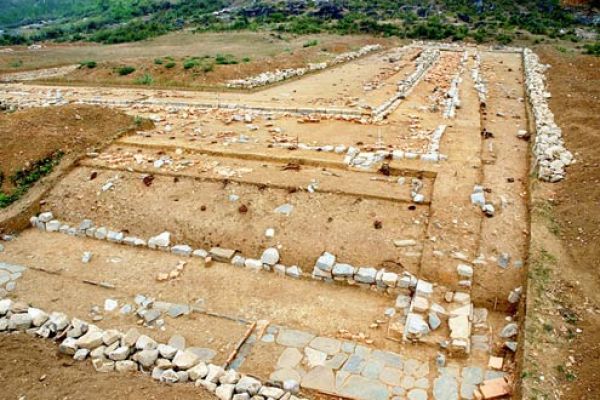Published: 15:46 Saturday - July 09, 2011

Ho Citadel – Vietnam’s unique rock work
 |
The site is among four heritage sites considered in the UNESCO’s session on June 27, and one of the 35 sites nominated this time.
Located in Vinh Loc District, Thanh Hoa province, the citadel was the capital of Vietnam from 1397 to 1407. It is called Tay Do (Western Capital) to distinguish from Dong Do (Eastern Capital) or Thang Long - Hanoi. After the citadel was completed, Ho Quy Ly moved the capital from Thang Long to Tay Do. However, the Ho Dynasty existed for only seven years, since 1400.
 |
It consists of three sections: a bamboo hedge, a moat and a citadel wall plus a palace complex with marble-paved roads connecting each palace to another.
The citadel is a solve stone-made great architectural work in Vietnam, using around 20,000 cubic meters of rock and nearly 100,000 cubic meters of soil.
This work was recognized as a national relic in 1962. Vietnam began compiling the file of Ho citadel to submit to the UNESCO in 2006.
With UNESCO’s recognition, the Ho citadel is now one of the seven world cultural and natural heritage sites in Vietnam besides Ha Long Bay, Phong Nha – Ke Bang National Park, Hoi An Ancient Town, Hue Ancient Capital, My Son Holy Land, and the Thang Long Royal Citadel.










(84-63) 3 826042 – (84-63) 3 511142
No 54 Nguyen Dinh Chieu, Ham Tien Central Mui Ne Beach Binh Thuan Vietnam
523 To Hien Thanh District 10 Ho Chi Minh City Vietnam
Ha Long Halong City Quang Ninh Vietnam
A13 Hung Thong 2 Halong City Quang Ninh Vietnam




